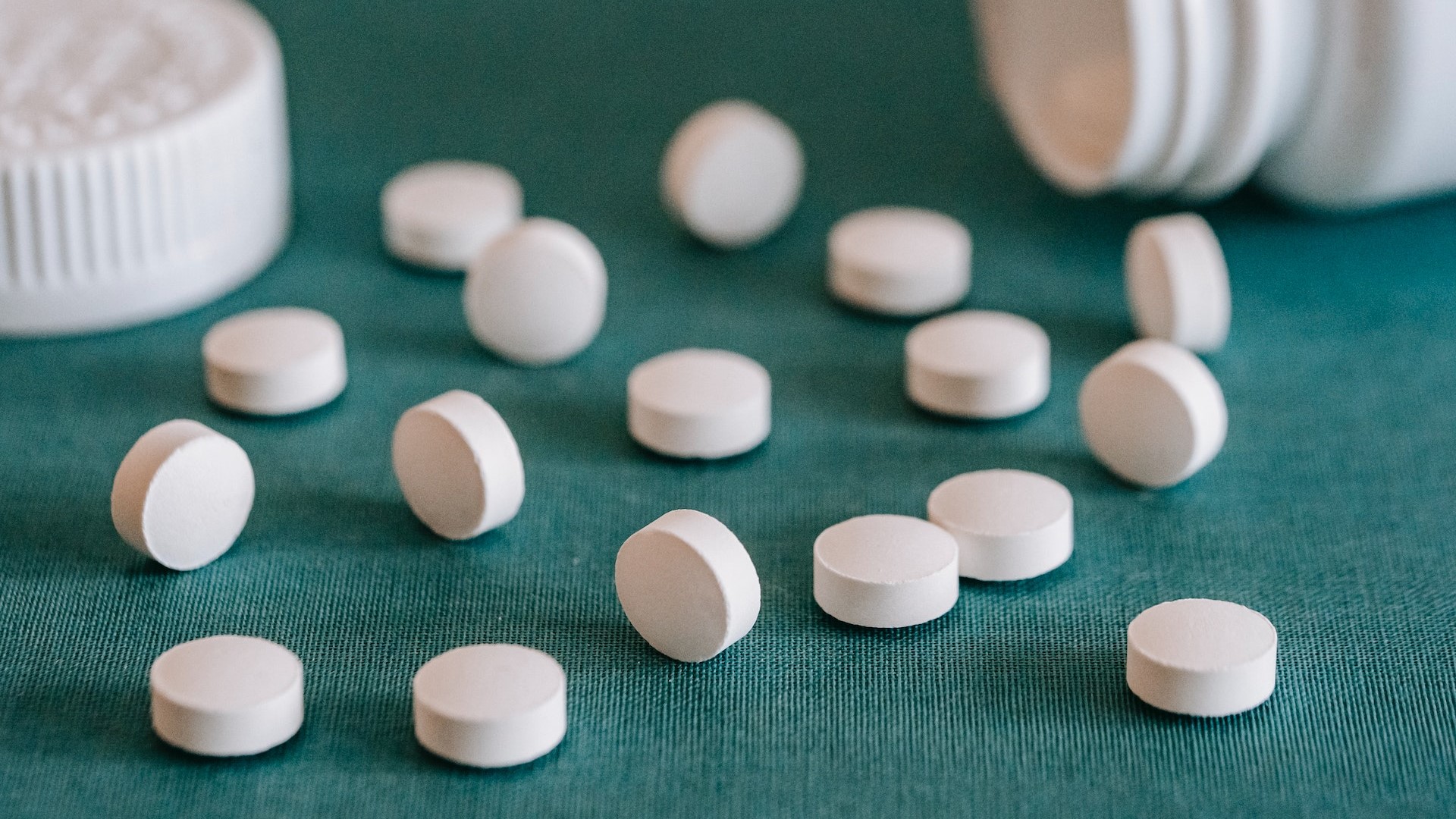Articles / Air pollution linked with global rise in antibiotic resistance


writer
Senior Lecturer, Medical Microbiology, University of Westminster
Antibiotic resistance is a growing threat to global health. In 2019, it caused over 1.27 million deaths worldwide – and it’s projected that antimicrobial resistance (which includes bacterial resistance to antibiotics) may contribute to ten million deaths per year by 2050.
Antibiotics are used to treat bacterial infections such as urinary tract infections and pneumonia. But their misuse and overuse has contributed to the emergence of bacteria which harbour genes that enable them to withstand the killing power of antibiotics. This results in infections that are much harder to treat.
Antibiotic resistance mainly spreads to humans through contaminated food or water. But a recent study suggests this isn’t the only way resistant bacteria can spread. According to researchers from China and the UK, air pollution may also be spreading antibiotic resistance.
This is the first study to comprehensively estimate the link between increased antibiotic resistance and air pollution globally.
The review analysed the findings of previous studies that looked at patterns of the airborne spread of antibiotic resistance over nearly two decades. They looked at 12 research studies conducted across 116 countries – including the UK, US, China, India and Australia. These studies estimated the emergence of antibiotic resistant bacteria or genes in the atmosphere.
The study looked specifically at the most dangerous type of air pollution – PM2.5. This is particulate matter that has a diameter of 2.5 micrometres – about 3% the diameter of a strand of human hair. PM2.5 cannot be seen by the naked eye and can easily be inhaled.
The study found that antibiotic resistance rose alongside increasing PM2.5 concentrations in the air. Every 10% rise in the concentration of PM2.5 was linked with a 1.1% global increase in antibiotic resistance and 43,654 deaths from antibiotic-resistant bacterial infections.
The study reported that the highest levels of antibiotic resistance were seen in north Africa and west Asia. These areas also had the most severe PM2.5 pollution. In comparison, Europe and North America – which had the lowest average levels of PM2.5 pollution – also had lower levels of antibiotic resistance.

The study also reported that even just a 1% increase in PM2.5 across all regions was associated with an increase in Klebsiella pneumoniae resistance to multiple antibiotics – including polymyxins, which are the last resort of antibiotics. This bacterium typically spreads in hospitals and can cause pneumonia, meningitis and urinary tract infections.
Although Klebsiella is not spread via the air, this suggests that air pollution may also make it easier for resistant bacteria to thrive and spread in the environment.
The study shows there’s a significant relationship between air pollution and antibiotic resistance. Although the authors didn’t show evidence of causation between the two factors, they did find antibiotic resistance genes in the DNA of bacteria sequenced from air samples. This indicates that PM2.5 could facilitate the spread of antibiotic resistant bacteria and genes via the air.
This isn’t the first study to show a link between air pollution and antibiotic resistance.
Air pollution has also been shown to be a risk factor for tuberculosis caused by the bacterium Mycobacterium tuberculosis. This bacterium has developed resistance to multiple antibiotics.
A study in Hong Kong also revealed an association between outdoor exposure to PM2.5 and tuberculosis. The study found an increase in PM2.5 concentrations during the winter was associated with a 3% increase in the number of tuberculosis cases the following spring and summer.
However, it’s still unclear what underlying mechanisms may allow antibiotic resistance to spread in air pollution. It will be important for future studies to investigate this.
We do know from this study and others that PM2.5 can harbour antibiotic resistant bacteria or genes that can enter the human body through the respiratory system when we breathe.
We also know from previous studies that antibiotic resistant bacteria and their genes can be transmitted from one person to another through the air via respiratory droplets. Sneezing, coughing and even talking can all emit respiratory droplets. It’s also possible that a person who has inhaled antibiotic resistant bacteria from air pollution could then pass these on to another person when they cough or sneeze.
Environmental changes caused by air pollution (such as increased temperature and humidity) may also make it easier for resistant bacteria to thrive. But again, it will be important for researchers to conduct studies looking into whether this is the case.
It will also be important for researchers to investigate the role of other factors (other than PM2.5) that can contribute to antibiotic resistance. For example, exposure to pollutants, the foods we eat, the use of antibiotics for animals and environmental disasters.
While we may not know exactly how air pollution helps spread antibiotic resistance, the link between the two is clear. Air pollution is also associated with a range of other health conditions – including cardiovascular disease, asthma, poorer lung function and greater risk of depression.
Given the many harms air pollution already has to our health, this study only further strengthens arguments to urgently improve air quality and reduce pollution globally.![]()
Manal Mohammed, Senior Lecturer, Medical Microbiology, University of Westminster
This article is republished from The Conversation under a Creative Commons license. Read the original article.
![]()

TIAs and Carotid Stenosis

Low libido - What is it & How is it Managed?

Functional Gastrointestinal Disorders in Infants – Practical Advice for HCPs

Using the New RSV Vaccine in Practice

writer
Senior Lecturer, Medical Microbiology, University of Westminster
Strongly support
Somewhat support
Neither support nor oppose
Somewhat oppose
Strongly oppose
Listen to expert interviews.
Click to open in a new tab
Browse the latest articles from Healthed.
You have completed the Educational Activities component of this resource.
Select ‘Confirm & claim CPD‘ to confirm you have engaged with this resource in its entirety and claim your CPD.
You will be taken to explore further CPD learning available to you.